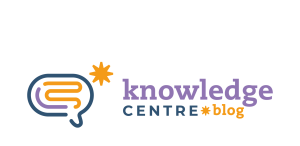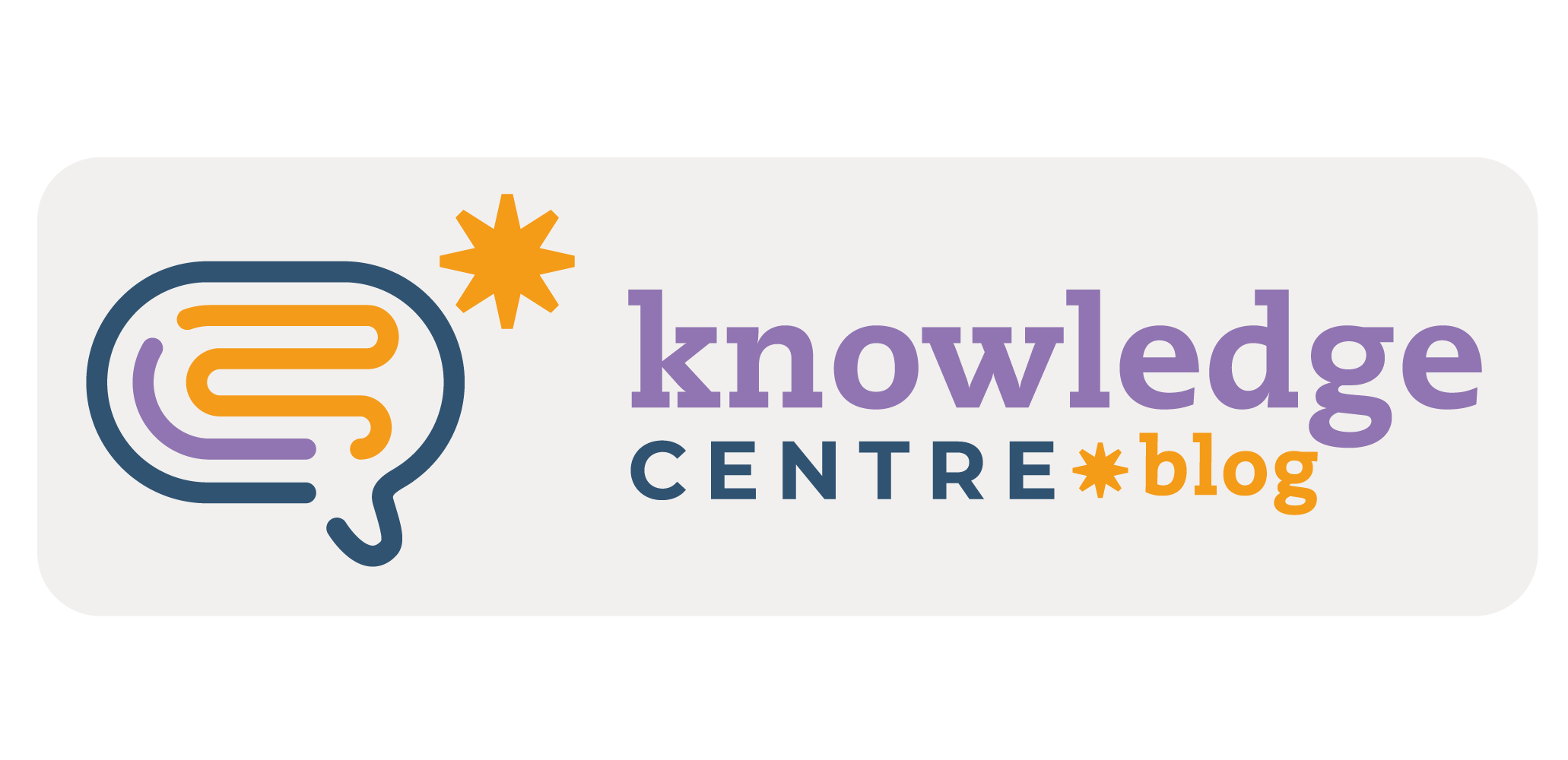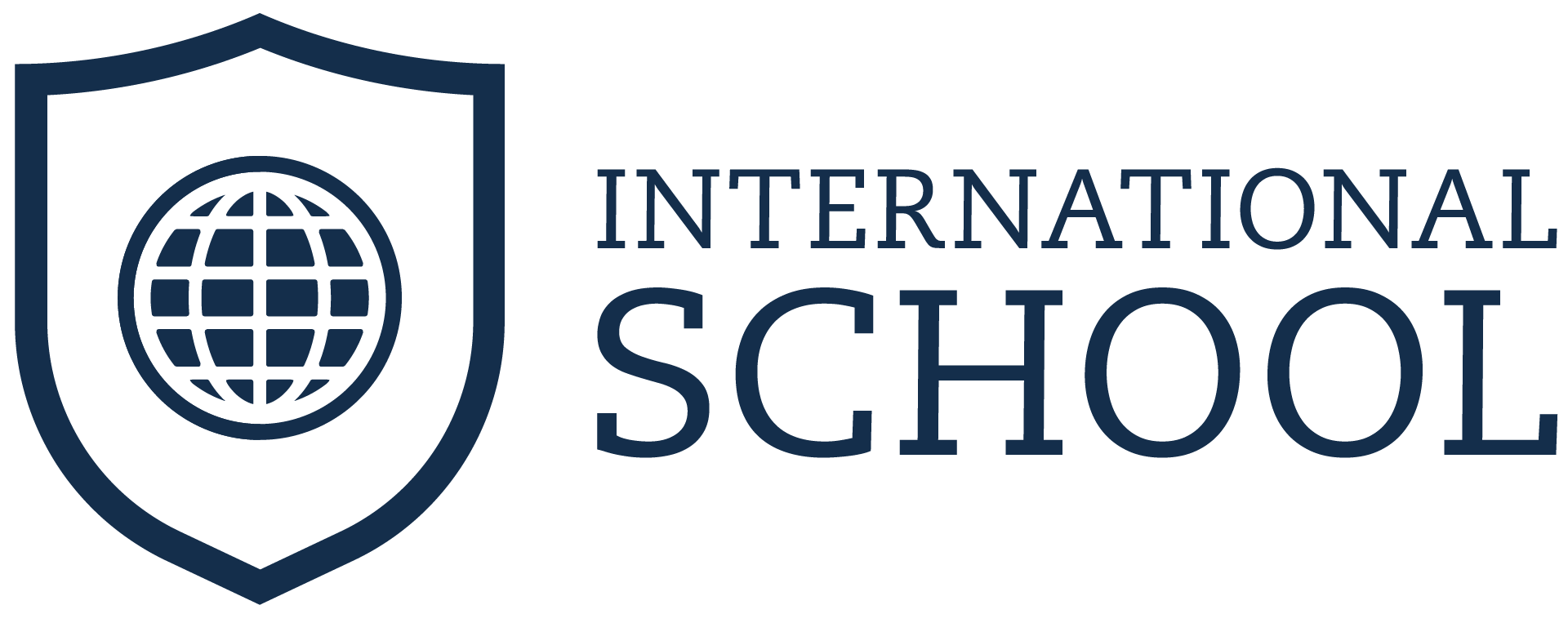In order to answer this question, let’s first define the difference between knowledge of language and knowledge about language. Knowledge of language means being able to use the language to communicate, while knowledge about language means being able to explain the rules and structures of the language. According to Andrews (2007), metalinguistic awareness, knowledge of learners’ second language learning processes and pedagogical content knowledge are part of the Teacher Language Awareness (TLA) and are highly necessary to teach language within a content environment.
To apply the examples mentioned above, consider using the language triptych to anticipate learners’ linguistic needs and to develop their communicative skills (i.e. metalinguistic awareness). While planning a lesson, have in mind the language of learning, which can be defined as the target language; the language for learning, which is the language students need to cope with the task; and the language through learning, which is the incidental language that might be brought up by students.These are proven to be very efficient language scaffolding strategies, since they contribute to building learners’ confidence in a speaking task.
According to Bruner (1978), scaffolding is the support teachers provide students with to bridge the gap between where they are and where teachers want them to be (knowledge of learners’ second language learning processes). For further information on scaffolding, check out the this article blog post written by the Advisor Priscila Bignardi on our edc|blog under the title “Scaffolding to facilitate communication”.
However, providing learners with language scaffolding is only one of the strategies teachers can use to help students reach the class goal. Content scaffolding is also necessary and can be done by using body language, presenting visual resources, choosing cognate words, following the steps suggested in the Bloom’s Taxonomy Pyramid and the ZPD (Zone of Proximal Development), among other strategies, covering the knowledge of learners’ second language learning processes and pedagogical content knowledge. As mentioned in the first paragraph, language awareness is more than just studying the language per se. It also involves knowledge of the content you are about to teach, knowledge of students‘ cognitive development and knowledge of second language acquisition.
The moment we chose to become teachers, we chose not only to study the language through our entire career (language proficiency), but also content related to the teaching practice (language awareness). This is part of our Continuous Professional Development or CPD, which affects our teaching effectiveness considerably. Being language aware helps us anticipate learners’ problems, plan lessons at the right level, interpret and adapt coursebooks and materials, deal effectively with errors, build trust with learners, earn the confidence of learners and present new language clearly and efficiently.
To sum up, we cannot assume that studying the language only is going to be enough to our teaching practice. As educators, we need to go the extra mile on a daily basis in order to help our students develop and succeed. What have you been doing to continuously develop yourself professionally and become more language aware?
Reference
Andrews, Stephen. (2003). Teacher Language Awareness and the Professional Knowledge Base of the L2 Teacher. Language Awareness – LANG AWARE. 12. 81-95. 10.1080/09658410308667068.
Bignardi, Priscila (2020). Scaffolding to Facilitate Communication – EDC Blog International School.
By EDC








